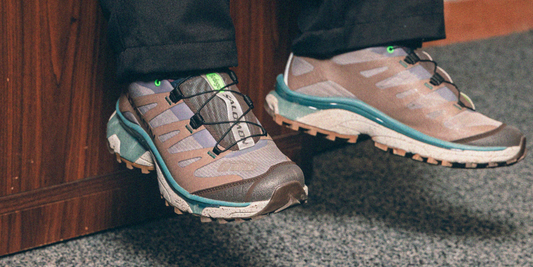

If we’re being honest, we spend a lot of time explaining the thought process behind and the virtues of Japanese fashion’s versatility and functionality-oriented approach to design. So, this time around we thought we would try something a little different, and focus on a spiritual companion to the multifaceted basic aesthetic, in the form of a classic video game hero, Mega Man.
The Mega Man backstory is simple enough. The titular humanoid robot servant of the benign Dr. Light must put a stop to the evil Dr. Wily and his army of reprogrammed, special purpose robots, each armed with a specified skill. After Mega Man defeats one of these robots, he can copy its special ability, and subsequently use it to defeat future opponents. The catch is that certain opponents are more vulnerable to abilities than others. It’s essentially a futuristic form of rock paper scissors; the formula has kept Mega Man going strong for thirty years.
So what does all that have to do with clothes? Consider this. Mega Man always wears the same basic outfit: armor, helmet, bodysuit, and Mega Buster cannon. The nature of his profession makes him a frequent traveler, but he can’t exactly roll up to each themed level with a train of luggage in tow. He’s got his essentials, and he’s got his statement pieces that vary from situation to situation. Sometimes the colors and accessories change, but the core is always the same.
With his modern simplicity approach to getting dressed, Mega Man took out the likes of Elec Man, Crash Man, and Wood Man, among many, many others, and became the face of Capcom. Imagine what you can do.








Talent | Sebastian Mikael






